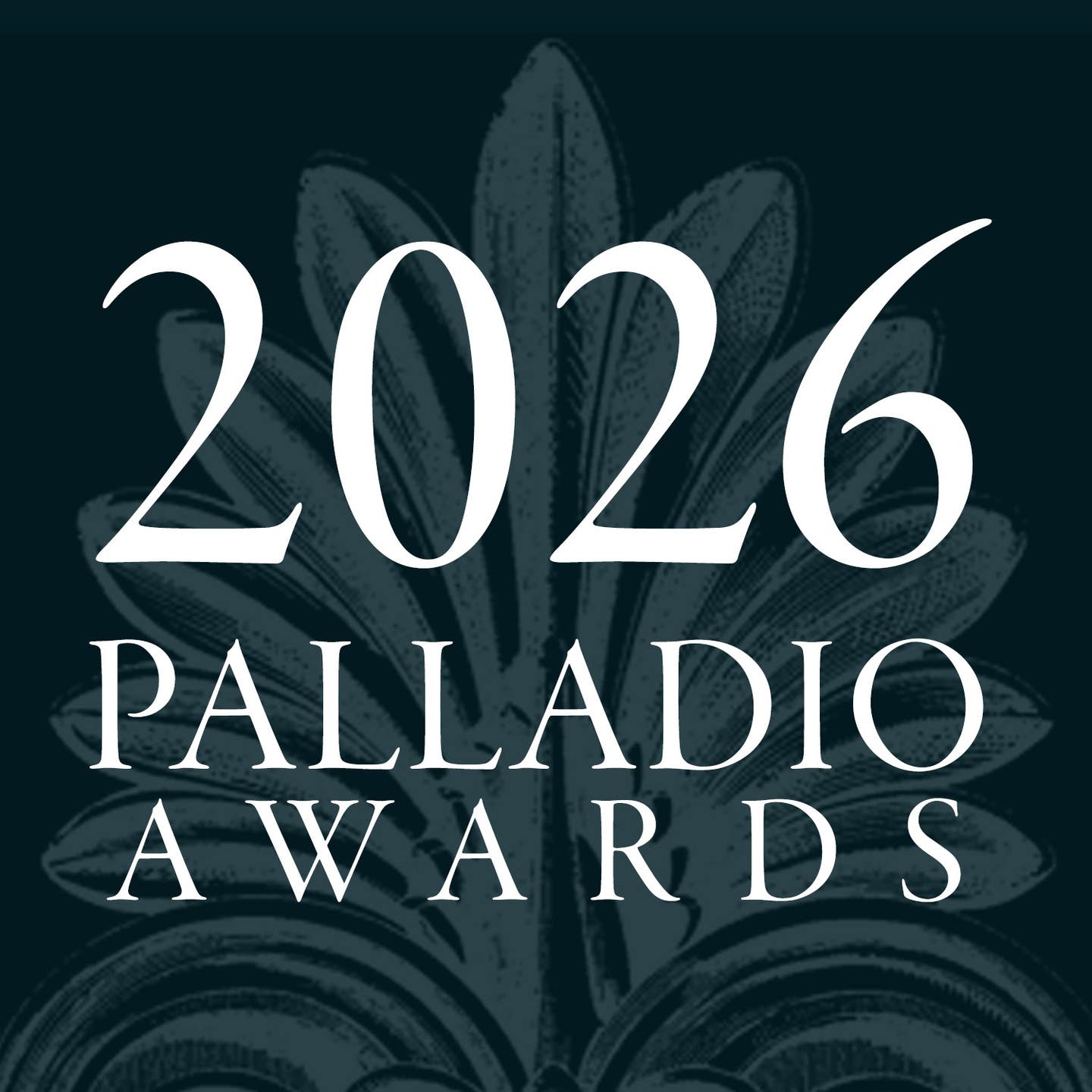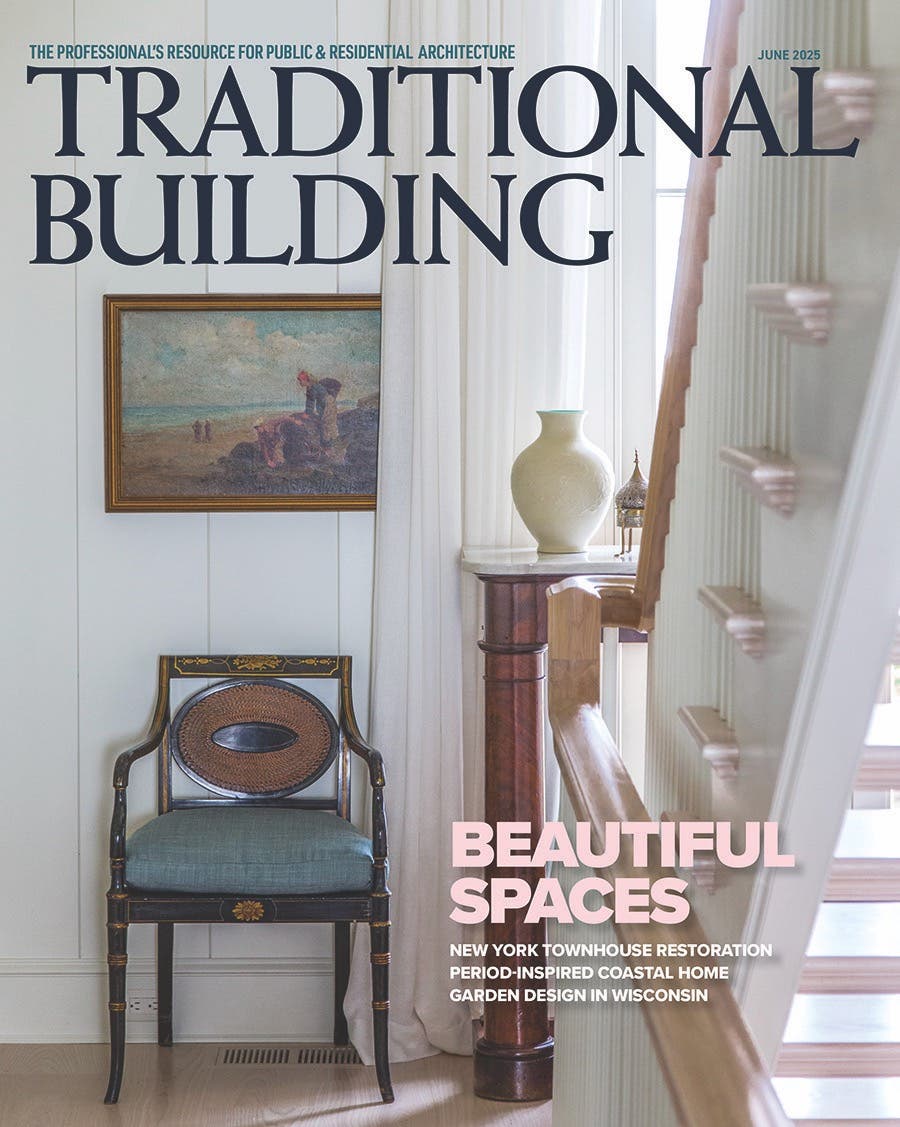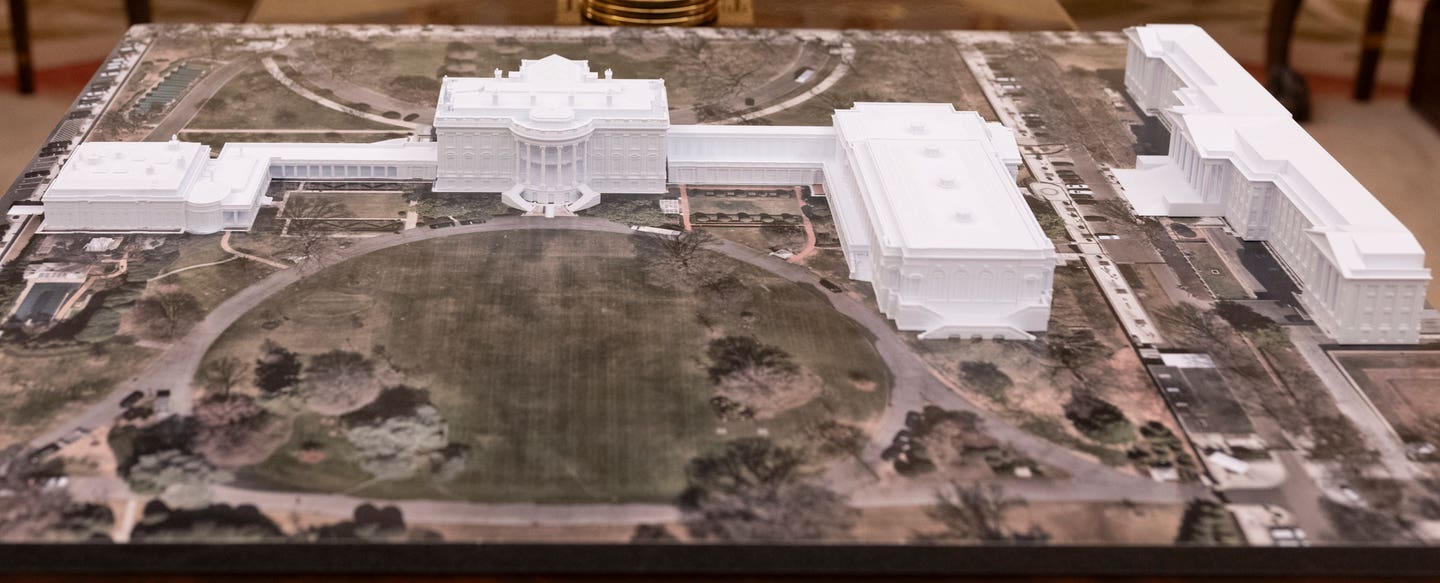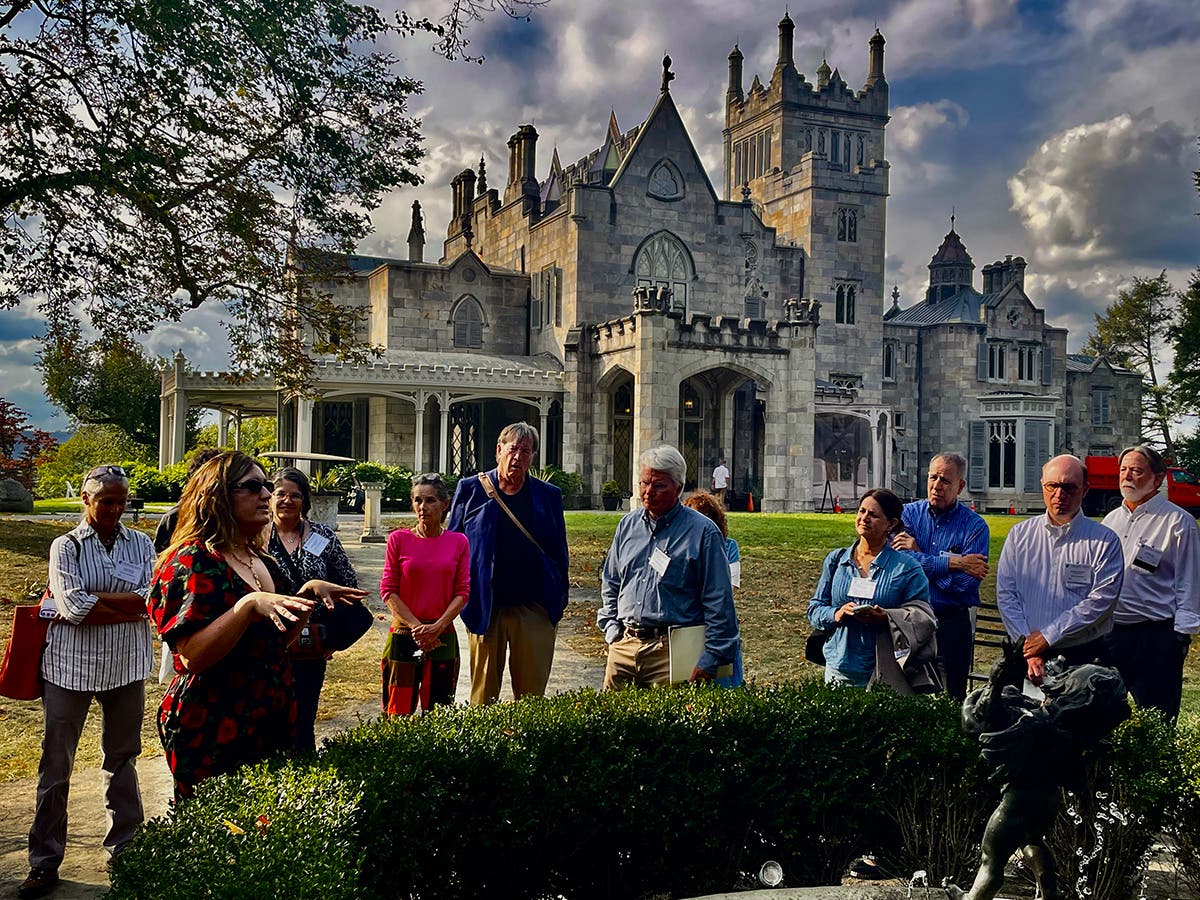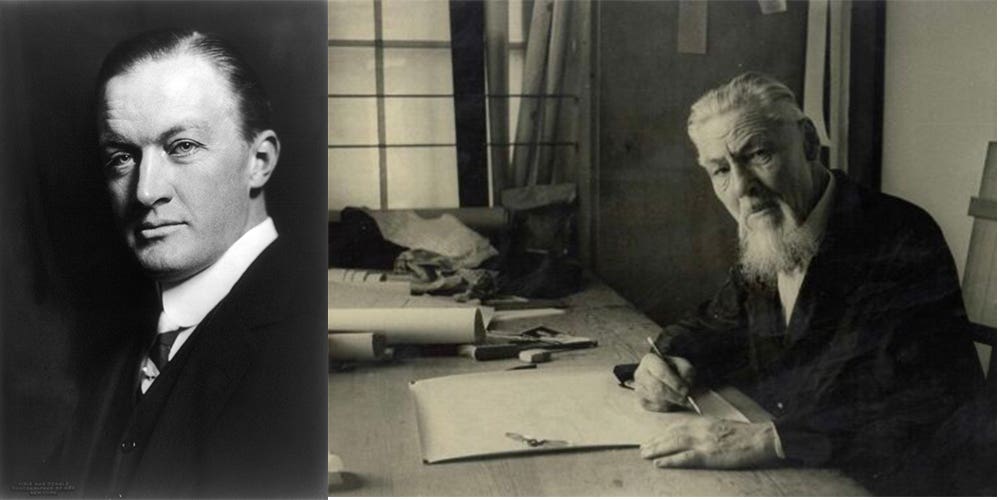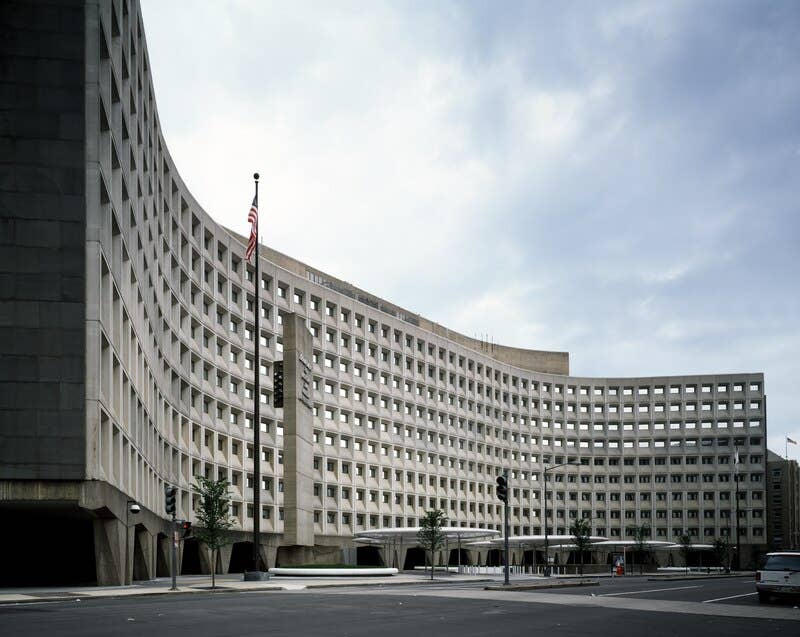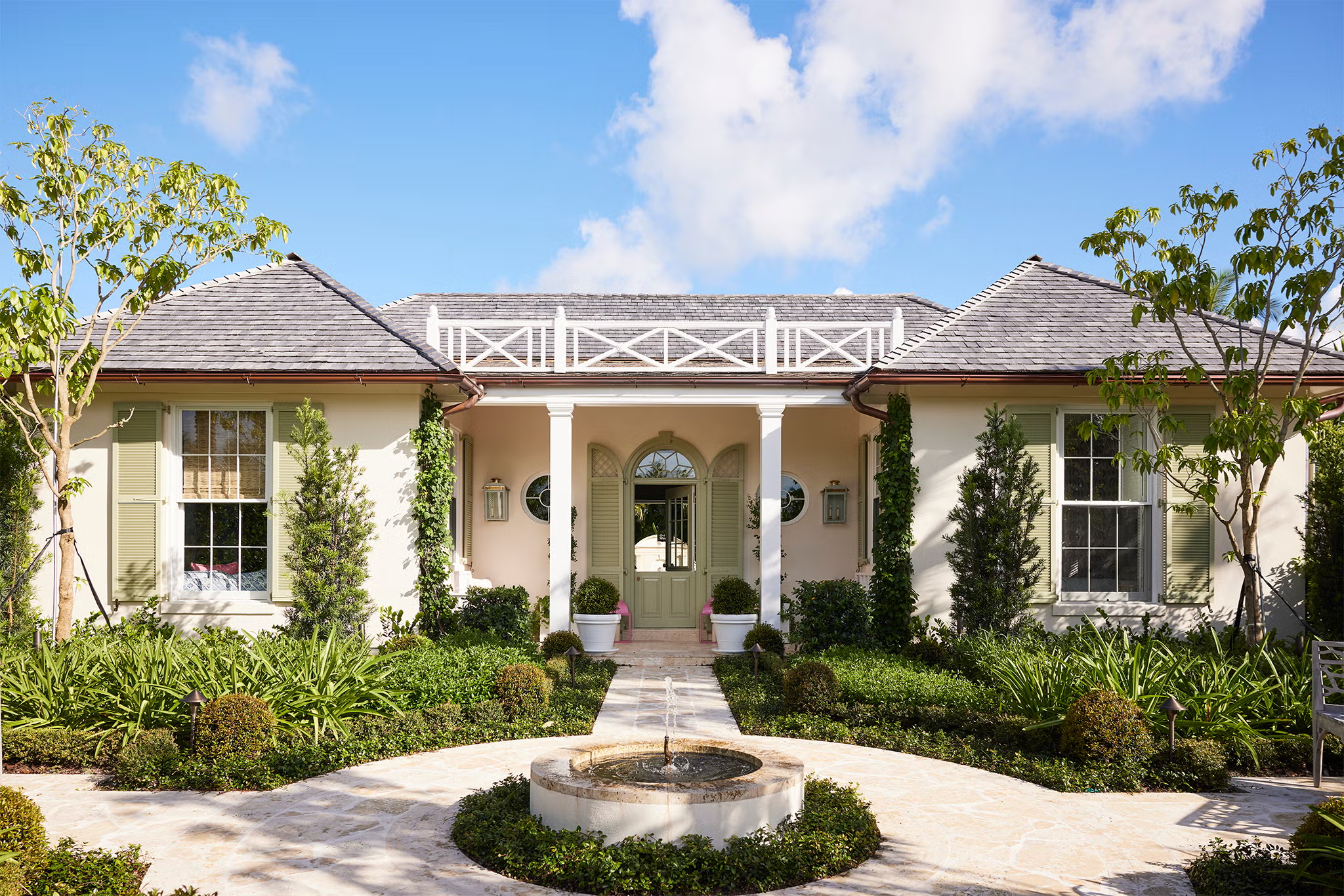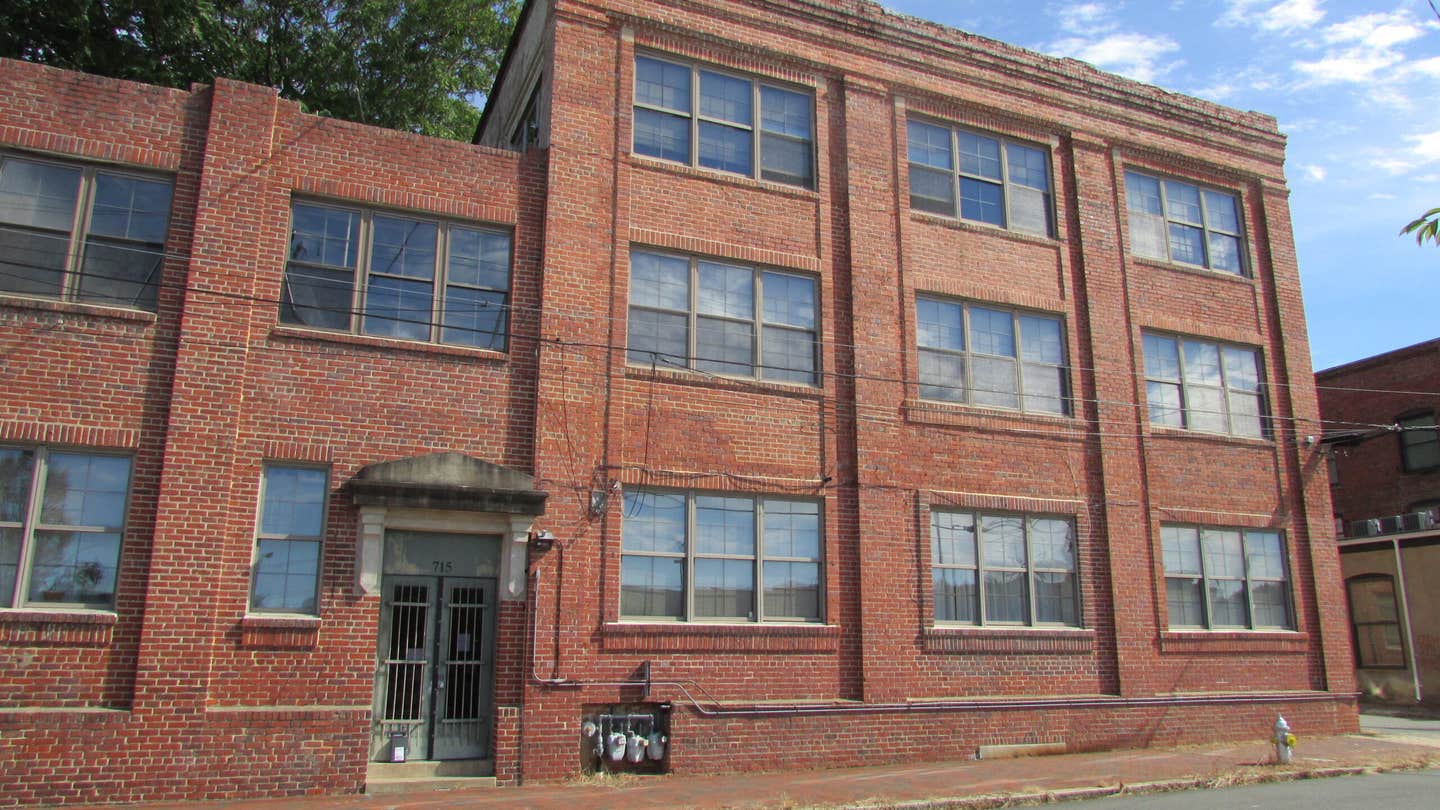
Peter Miller
What I Learned at the AIA Conference June 2025
Pete Miller on this year's 2025 American Institute of Architects (AIA) Conference on Architecture & Design in Boston from June 4 through 7.
I spent most of my time at this month’s American Institute of Architects annual convention with my friends and brethren from the AIA Historic Resources Committee, the AIA's oldest knowledge group, about 6,000 members strong. These are historic preservation architects, most of whom do federal and state institutional work like courthouses and capitol buildings. They are also adept at navigating federal and state historic tax credit work for all kinds of commercial and institutional building types.
You may be familiar with the architecture firms that the Historic Resources Committee (HRC) knowledge group members represent. Elisa Skaggs (2026 HRC Chair), Page Turnbull Architects, Tom Jester, Quinn Evans; Robert Burns (2025 chair), Commonwealth Architects, Jim Shepard, Smith Group; Karl Stumpf, Corgan; Jean Carroon, Goody Clancy; Joe Smith, Architectural Collaborative and others were present and active in Boston.
Together with their AIA committee liaison Luz Toro, they organized their annual AIA convention HRC lecture and luncheon. This year’s event was titled “Landmarks and Our Future: The Boston Public Library, Architecture, Vision, Advocacy.”
The Boston Public Library (BPL) is the recipient of this year’s “AIA Collaborative Achievement Award” for people-centered architecture and community engagement. Hearing from the three Historic Resources Committee luncheon speakers explained why. The library’s president, David Leonard, who has presided over a $78 million renovation of the library’s modernist Johnson Wing and improvements around the library’s branches, made his institution’s motto clear. Carved in stone above the library door is inscribed, “Free to All,” (with equitable access to knowledge, culture and public space).
The BPL was founded in 1848 with the opening of its central library in 1895. Publicly funded, it has the third largest collection in the U.S. after the Library of Congress and the New York Public Library. Its collection includes seven early printings of the Declaration of Independence. Some of the walls are decorated with murals by John Singer Sargent.
We learned about the Boston Public Library’s history and architectural significance from our second speaker, John Ochsendorf, an engineer and professor at MIT. He highlighted the works of the Spanish building engineer Rafael Guastavino (1842-1908), whose tile arch system, an interlocking, compression, terra cotta tile and mortar, vaulted, fireproof system adorns the Boston Public Library.
Guastavino’s emigration via Ellis Island tells its own story of inclusion. “Free to All” indeed! He was commissioned by the BPL’s architects, McKim, Mead & White to design and build his later patented Library terra cotta vaults, for free! This established his vault system’s proof-of-concept and his reputation in the United States. McKim, Mead & White hired Guastavino on several other projects; his work now spans eleven countries and 41 states including North Carolina’s Biltmore Estate in Asheville.
Our third speaker, architect Ann Beha FAIA, founder and principal of Ann Beha Architects (now Annum Architects) reminded us of what an important, symbolic building type the public library is. The Boston Public Library sets a standard for the library’s service to the community. She called it “an essential human service” and explained how the BPL’s restorations and renovations express its exemplary stewardship of this landmark building.
To emphasize her point about all libraries, “anchor” buildings in cities and towns across America, “palaces for the people,” Ann Beha showed us photos of several Carnegie Libraries. Most were vernacular buildings, of their place—traditional buildings that inspire a life of learning and the knowledge we need to govern ourselves in a democracy.
After the AIA Historic Resources luncheon, most of us walked across the historic Copley Square to the Trinity Church to the AIA Fellows Investiture. Here too, we learned about service to others, an important criterion for being selected by the FAIA jury. We heard about people-centered architecture, as exemplified by the new Fellows and their esteemed peers they have now joined.
I was reminded how traditional buildings, many of which are libraries and government buildings, are people-centered in their locations, scale, and beauty. Architect members of the AIA Historic Resources Committee care for these traditional buildings.
Although I didn’t spend nearly enough time in the library at school, I recalled my school motto, “Non ut sibi ministretur sed ut minister"—"Not to be served, but to serve."
Peter H. Miller, Hon. AIA, is the publisher and President of TRADITIONAL BUILDING, PERIOD HOMES and the Traditional Building Conference Series, and podcast host for Building Tradition, Active Interest Media's business to business media platform. AIM also publishes OLD HOUSE JOURNAL; NEW OLD HOUSE; FINE HOMEBUILDING; ARTS and CRAFTS HOMES; TIMBER HOME LIVING; ARTISAN HOMES; FINE GARDENING and HORTICULTURE. The Home Group integrated media portfolio serves over 50 million architects, builders, craftspeople, interior designers, building owners, homeowners and home buyers.
Pete lives in a classic Sears house, a Craftsman-style Four Square built in 1924, which he has lovingly restored over a period of 30 years. Resting on a bluff near the Potomac River in Washington, D.C., just four miles from the White House, Pete’s home is part of the Palisades neighborhood, which used to be a summer retreat for the District’s over-heated denizens.
Before joining Active Interest Media (AIM), Pete co-founded Restore Media in 2000 which was sold to AIM in 2012. Before this, Pete spent 17 years at trade publishing giant Hanley Wood, where he helped launch the Remodeling Show, the first trade conference and exhibition aimed at the business needs and interests of professional remodeling contractors. He was also publisher of Hanley Wood’s Remodeling, Custom Home, and Kitchen and Bath Showroom magazines and was the creator of Remodeling’s Big 50 Conference (now called the Leadership Conference).
Pete participates actively with the American Institute of Architects’ Historic Resources Committee and also serves as President of the Washington Mid Atlantic Chapter of the Institute of Classical Architecture & Art. He is a long-time member of the National Trust for Historic Preservation and an enthusiastic advocate for urbanism, the revitalization of historic neighborhoods and the benefits of sustainability, including the adaptive reuse of historic buildings.

